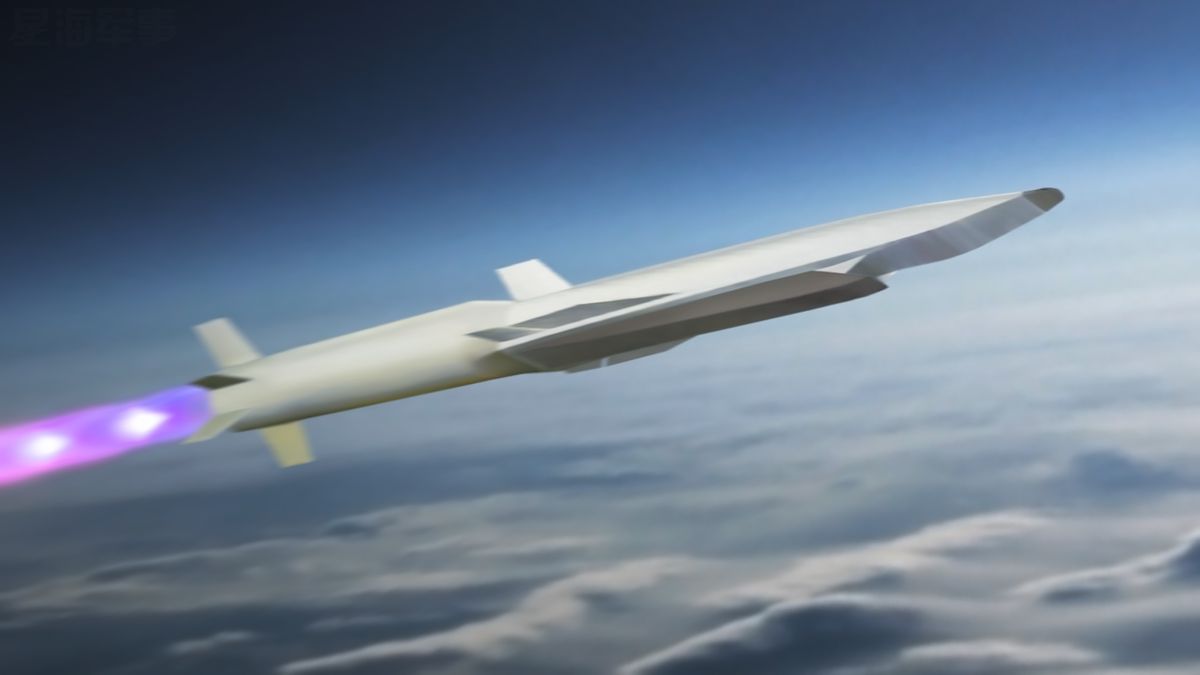China's latest breakthrough in hypersonic technology
Chinese scientists have now achieved something groundbreaking in hypersonic tech.

A few minutes every morning is all you need.
Stay up to date on the world's Headlines and Human Stories. It's fun, it's factual, it's fluff-free.
The backstory: In the world of military technology and hypersonic weapons, there's been fierce competition brewing. Imagine super-fast flying machines that go way faster (five times, or Mach 5) than the speed of sound, or Mach 1, which is around 1,225 kph (761 mph) at sea level. This is known as hypersonic tech.
Competition for hypersonic tech has been tough between the US, Russia, China and India. But these objects usually can’t travel very far or for very long. The main problem with developing hypersonic vessels is finding a material that can handle the extreme heat and stress during those super-fast flights. We're talking temperatures that can soar to a scorching 1,650 C (3,000 F).
Since the late 30s, scientist Qian Xuesen has made major contributions to the study of supersonic and hypersonic flight. He's known for his work at the Jet Propulsion Laboratory in the US, and his ideas laid the groundwork for today's hypersonic technology, particularly in heat protection.
More recently: China has made significant moves by deploying hypersonic missiles designed to hit moving targets like aircraft carriers. About five years ago, the country developed The Starry Sky 2, its first hypersonic vehicle using "waverider" technology, which uses an aircraft's own shock waves generated during flight to improve its lift.
In 2021, China reportedly sent a hypersonic vehicle around the world, surprising the competition with its advancement in the field. This type of flight seems to break the rules of how we usually think about air travel.
The development: Chinese scientists have now achieved something groundbreaking in hypersonic tech, according to a paper published last month in Physics of Gases. They conducted a test with a next-generation waverider aircraft using a new surface material that stays intact after a long flight.
During this test, they used a thin material, or “skin,” on the aircraft's surface and exposed it to temperatures soaring into the thousands of degrees Celsius. This new surface material not only withstood these extreme conditions but also maintained wireless communication throughout the flight. The exact time and location of the test weren't disclosed, but this breakthrough could help design hypersonic vehicles with a “longer range and faster speed, and constantly break through the boundary of flying,” according to the study’s authors.
Key comments:
“Shielding hypersonic missiles’ sensitive electronics, understanding how various materials perform and predicting aerodynamics at sustained temperatures as high as 3,000 degrees Fahrenheit (1,650 degrees Celsius) require extensive flight testing. Tests are ongoing, but failures in recent years have delayed progress,” said a report to politicians by the US Congressional Budget Office in January.
“The test flight ended in a complete success,” wrote the team in the paper published in Physics of Gases
“Master Qian’s idea is still being used in the design of active heat protection today,” the team said.




Comments ()